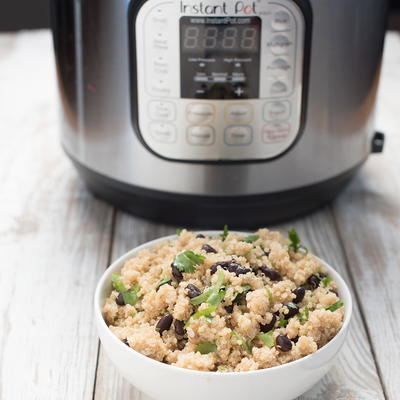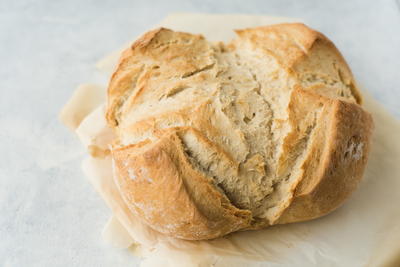Refried Beans
Cooking MethodPressure Cooker
Ingredients
- 2 pounds dried pinto beans
- 2-3 onions
- 1 tbsp. salt
- water
- 3-4 slices bacon (optional)
- chopped peppers (optional)
Instructions
Your cooker should come with basic instructions for cooking pinto beans. Look there first for water/bean ratios, times and pressures. I've included numbers for my cooker. Speaking of which, my cooker is actually a canner, so I don't know if a cooker can actually hold two pounds of cooked beans. Assume the beans will double in size and don't overload your cooker. Soak and wash the beans as described above. If you put the lid on while heating the water, remove the gasket first and leave the weight off the vent tube. Refill the pot with beans and water as described by your cooker manual. My instructions suggest about 14-15 cups of water are needed for two pounds of beans. Do not skimp on the water; you do *not* want the beans to absorb all the water and boil dry during the cooking process. Prepare the other ingredients as described above, but cut into smaller pieces. Add all ingredients to the cooker. If not using bacon, add about a tablespoon of vegetable oil to prevent foam from gunking up your cooker hardware. Cook as specified for your cooker. Mine generally takes about 15 minutes to bring to a boil, five more minutes bringing the pressure up, 10 minutes cooking at pressure, and a five minute cooling period before the pot may be opened, for a total of 35 minutes. Making refried beans Beans & broth from step one Vegetable oil or lard (lard is more traditional and supposedly tastes better, but on the other hand, it's lard) Heat about 1 tbsp. of oil or lard in a large skillet, and add enough drained beans (with onion bits & so on) to cover the bottom of the skillet. Allow them to fry for a moment, then mash them with a potato masher as they continue to cook. Depending on preference you may or may not mash them completely, but reduce them to at least a lumpy paste. Stir to mix and add a bit of bean broth if necessary to keep them from drying out too much; you want something that's barely thick enough to hold its shape when spread. You'll probably have to do this about four times to use up all the beans.















